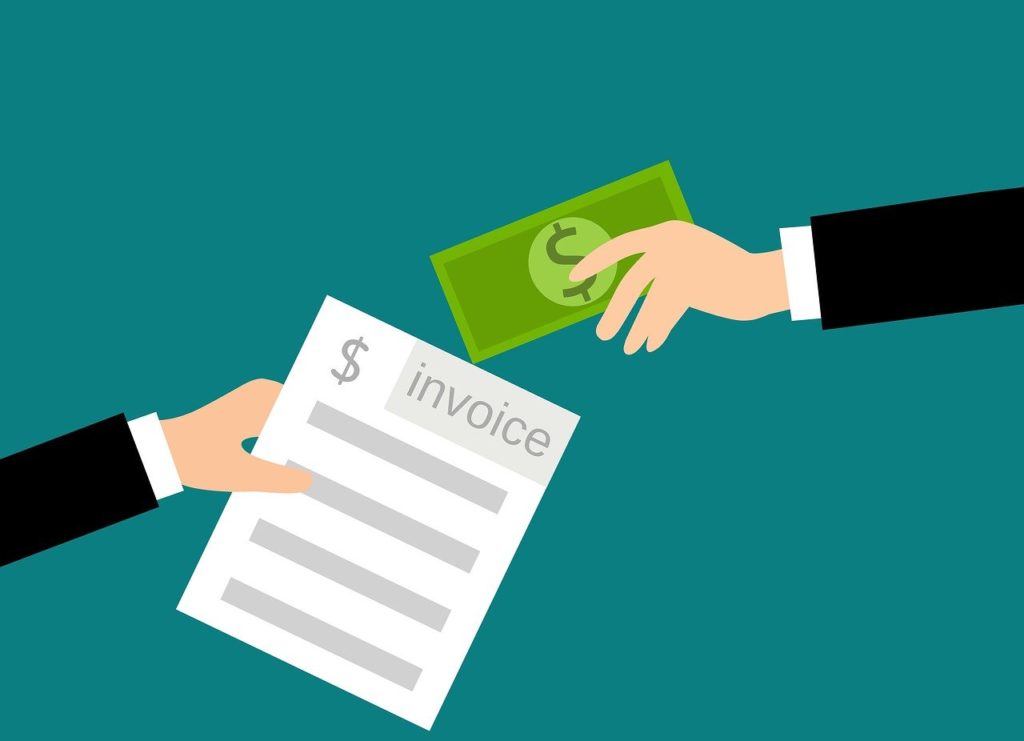
Things you need to know about sending invoices
Essentially, the aim of all businesses is to make money, but it isn’t always as easy as just doing work and getting paid for it. When you’re just starting up a new business, you have to learn about how to send an invoice, what should be included in every one and how to chase up those clients who take a little too long to pay you!
Setting up an invoice
Hopefully, invoicing is something you will be doing a lot of, so one of the best things you can do to streamline the process is to use software to create an invoice template that you can simply edit for every invoice you need to send. Every invoice needs to have your company name, address and contact information, as well as how your client can pay you – without that, they just can’t pay. You should also include the information of the company you are invoicing, with a very clear description of what exactly you are sending the invoice for. Include the date of the invoice, the date of the service provided or goods delivered, and the date that you expect to be paid by. All invoices also must say the word ‘invoice’ on them clearly.
Who to send an invoice to
Different businesses may have different ways of working when it comes to sending invoices to be paid. Some may want you to send them directly to your contact who will pass it on to their accounts department, for example, whereas others will tell you exactly where to send it to directly, so it is dealt with quickly. If you’re not sure, it’s always a good idea to ask, as any delays in an invoice getting to the right department can stall payment.
How to chase an invoice
There are plenty of uncomfortable conversations to have when you own a business, and one of the biggest is having to chase a client for payment that you’re owed. A typical payment term is 30 days, however, for one reason or another, a client or company might not pay on time, leaving you with the awkward and frustrating situation of having to chase. Remember that this is money you are owed, and you’re not doing anything wrong by wanting to be paid this money. You may be able to charge a fee for late payment but it’s important to make sure you communicate with your client so that they know what to expect.
Once you get used to sending out invoices (and chasing them!) it will become easy, and of course the more you send out, the more you get paid. Some people, as their business grows, will allocate this job to someone else – perhaps a virtual assistant if you are a freelancer or small business, or maybe you want to hire someone to handle all your finances, accounting and invoices so that you can focus on what you got into business for.











